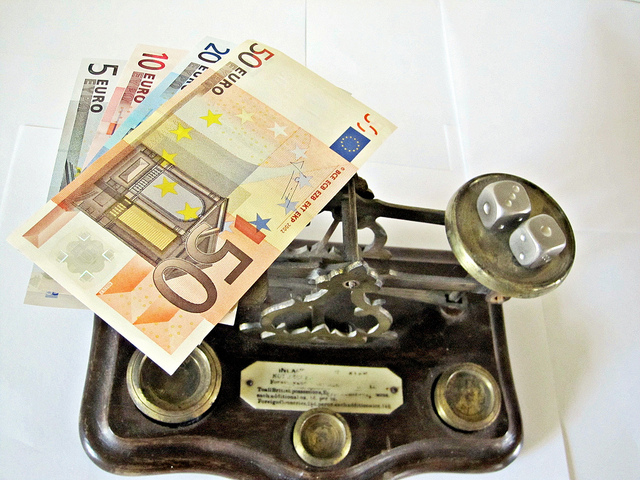Game balance is part art and part science. Today, we’re tackling the science.
Previously, we discussed the three steps to laying the groundwork for game balance. (Go on, read it and come back. It’s pretty short, but pretty important.) In today’s entry, we’re looking at how to build on that groundwork to bring balance to the game.
First of all, it’s important to note that the map rarely matches the terrain; that is, the game balance that you’ve thoughtfully worked out on a spreadsheet during feverish, caffeine-fueled game design sessions might not actually exist once the game hits the table. That doesn’t mean you’re a bad designer. It just means that players are unpredictable creatures that love to abuse your game in ways you didn’t foresee.
And that’s okay!
That’s also the reason you need to get your prototype into playtesting as quickly as possible. While the players are playing it, make sure you’re taking note of
- what the players enjoy doing (“They seem to like building traps from discarded dragon body parts.”)
- what they don’t enjoy or avoid doing (“Why is no one playing their ‘Heroin Overdone’ card?”)
- what’s a game-winning strategy—especially one you didn’t expect (“Just letting the clock run out works?”)
- how well the actual play overall matches your pattern of preferred play (“They’re not supposed to do that!”)
Looking at your notes, you’ll no doubt find some surprises. Maybe the players loved the part of the game you thought wasn’t that important (like the trading aspects of a war game). Maybe they found your favorite part of the game to be tedious or actually unnecessary for winning. Or maybe they discovered a totally different way to use your economy and play the game, warping it into something you’d never intended.
Now, not all of this has to do with game balance. But you can use balance to address these issues. If your players love the dragon-body-part aspect of the game, you can make that aspect more efficient, with more options. If they’re not playing the “Heroin Overdose” card, you can make it cheaper. And if they’re pursuing paths to victory that are effective but not fun, you can make those paths so expensive that only the truly desperate will trudge through them.
Of course, the playtesters themselves will have plenty of feedback on the game’s balance. And they’ll likely have plenty of suggestions as to how to improve it. Their input is important, but we’ll get to that in part 3.

